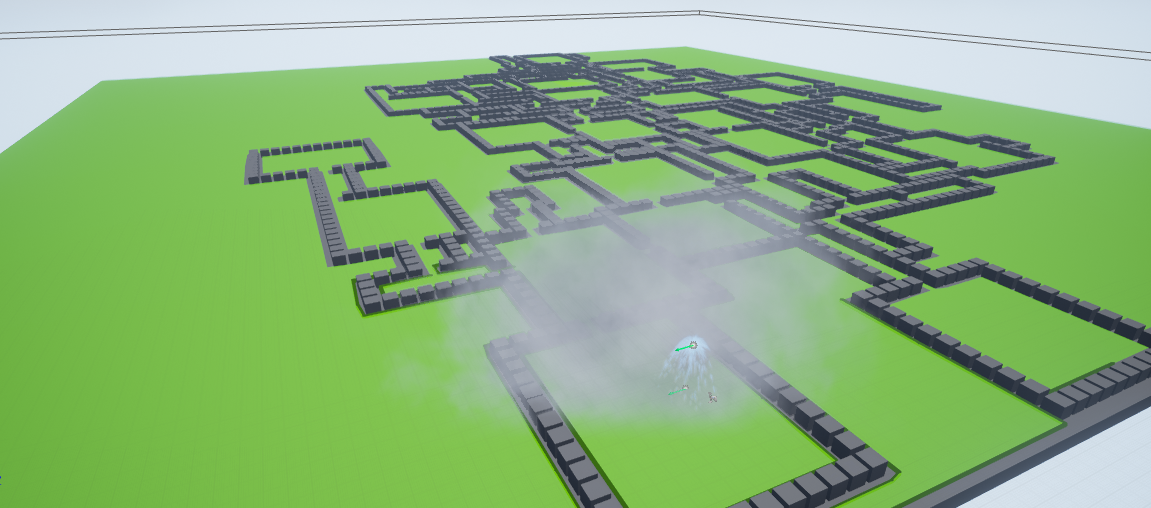I implemented ***[this](https://people.cs.clemson.edu/~jtessen/reports/papers_files/coursenotes2004.pdf)*** paper on CPU to simulate realistic oceans and rendered with my C++ OpenGL homebrew framework
I implemented parallax occlusion mapping / relief mapping in my C++ OpenGL engine sandbox to give a fake sense of 3d to textures with a height offset.
I have written a series of simple GLSL shaders for non-photorealistic rendering, here's a few of them! Here's one where I go for a more "brush-stroked" look: # Her
I generated a procedural night sky w/transparent quads w/a radial fall off in my c++ rendering framework. The algorithm is pretty simple and goes something like: ``` // the trick is to sample an int
For an environment modeling course I took at Purdue University with Daniel Triplett, we had to put together a classic corridor scene in Unreal Engine 4 w/a couple of different lighting setups. All tex
For our final project for the software engineering track at Purdue (department recognized as one of the best projects of the year!), we combined convolutional neural networks and markov chains to gene
### VR Asteroids Gaze I built this in a few hours for a VR experience similar to the class Asteroids game - sans player thrusters, as the issues with motion sickness would be pretty excaberated in a
Built a CPU software rasterizer from scratch in C++ (in other words, no OpenGL / DirectX or other external libraries beyond window handling) for rendering triangles, ray tracing, clipping, depth maski
My good friend Jacob Richwine and I built a VR successor to the source engine game [Ricochet](https://store.steampowered.com/app/60/Ricochet/) that we called, Tricochet (clever, eh?) that leaned very
# #